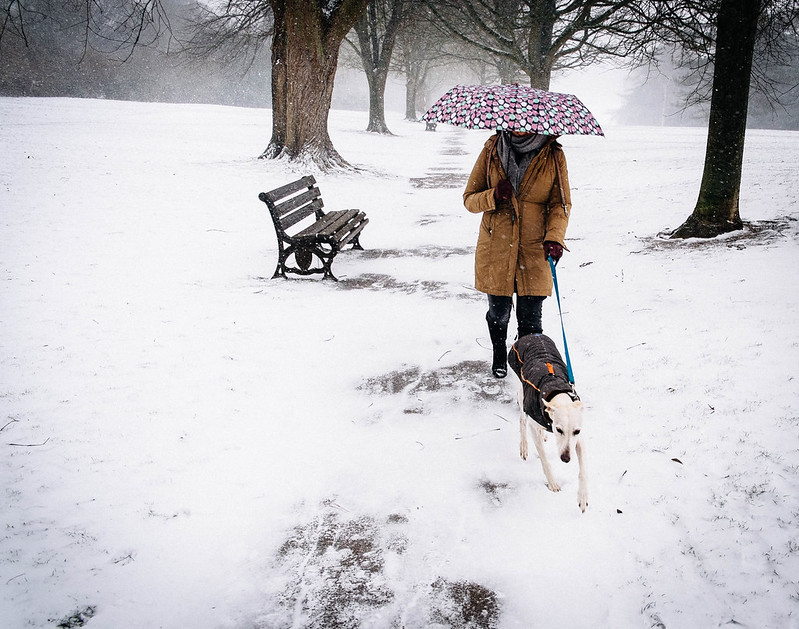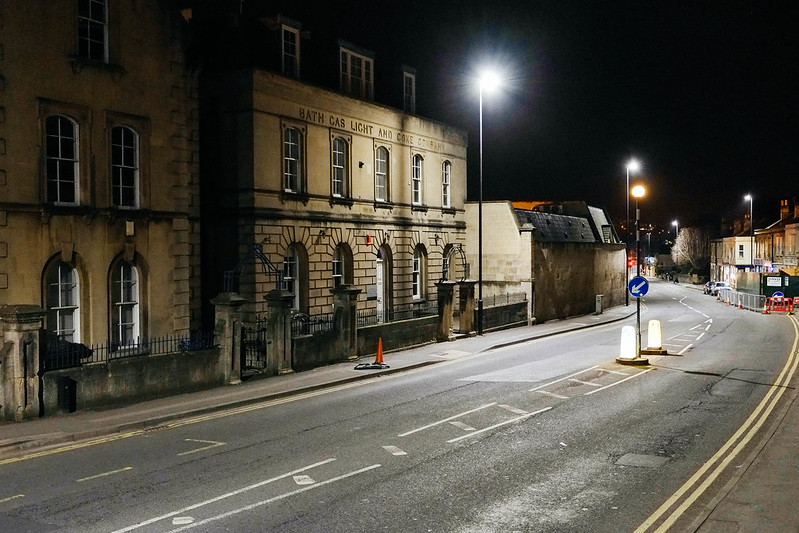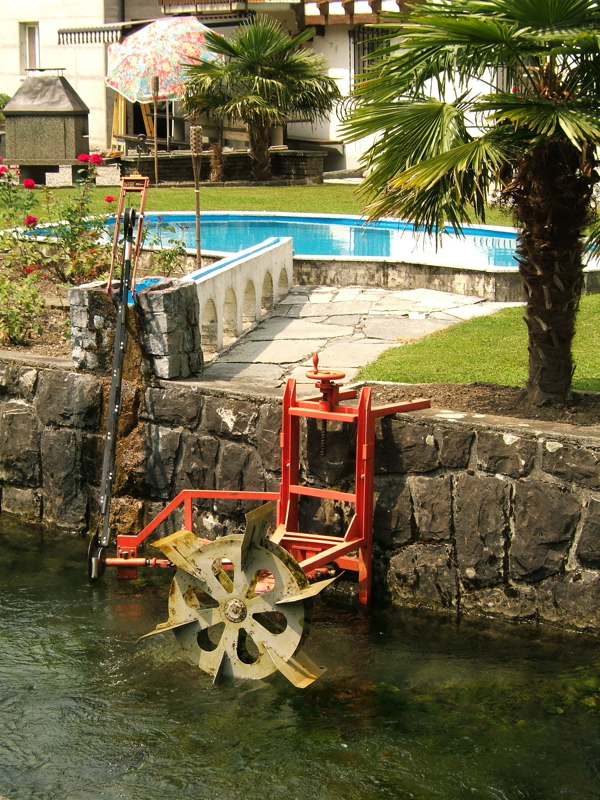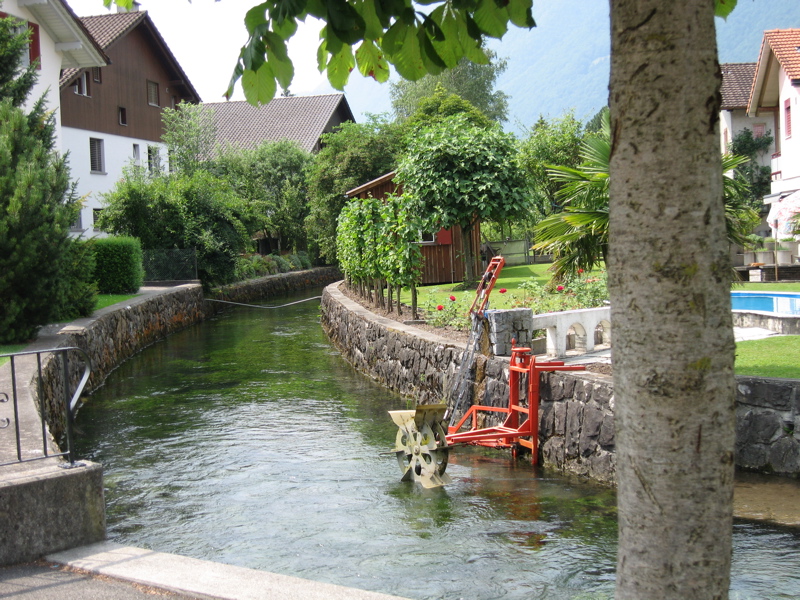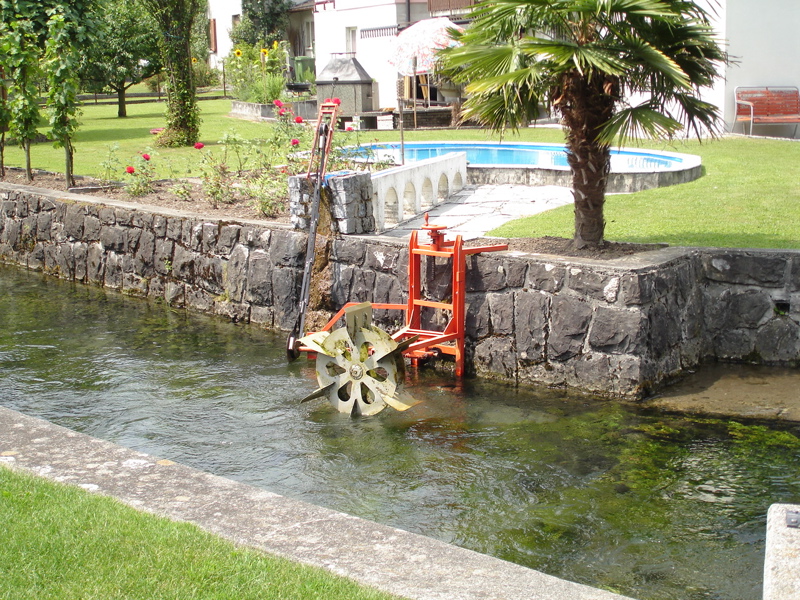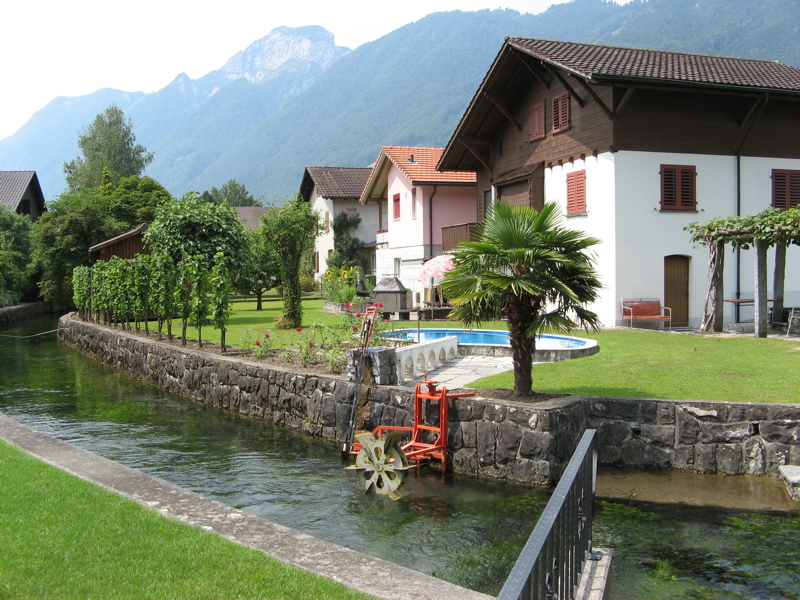|
Ruphus -> Uncompressed / lossless audio files (Apr. 4 2018 11:28:20)
|
Weeks ago I was searching the net for something technical, when I came over something on Heise, a German tech website. It is from ... uhm ... 18 years ago, so not really news, although to me it was new.
If you are like me, trying to omit mp3 encoding; for instance having ripped your CD collection for a 'lossless' compression like flac format ...
and on the other hand having been surprised by some files who sounded so good in spite of being mp3 ...
c't made a test and invited despisers of mp3 and people with golden ears for auditioning. None of them could reliably tell files above 256 kBit/s apart from uncompressed originals in blind tests.
And in fact mp3s were at times perceived as better / tidied up sounding, which was concluded to be resulting from lesser artifacts that tend to naturally occur with untreated material through effects of some frequency ranges on other sections of the frequency band (usually effects from HF on MF and LF). Hence, less of HF content seemed to subjectively appeal.
Needless to say that the audiophile test persons were not really ardent about their test results, and that they after the fact tried all kind of explanation and argument , which albeit ended up rather funny sounding.
Anyway, I thought it to possibly be interesting to some of you too.
quote:
MP3 vs CD in the c't listening test
Hanover, March 9, 2000 - At the listening test MP3 against CD of the computer magazin c't, twelve music-trained test listeners as well as a sound engineer from a record company with 256 kBit / s estimated encoded MP3 files just as often as CD-quality as the CD itself, reports c ' t in the current issue 6/00.
c't had published in the issue 3/00 the results of a hearing test with various hi-fi professionals. No one could immediately identify any MP3 source above 128 kbps as such, or even discover serious errors in it. The fact that no "expert listener" could distinguish well-coded MP3 files from audio CDs surprised even the c't editors. Due to numerous skeptical reactions to this article, the c't editors decided to invite twelve critical readers to Hanover to hear the test.
Using 17 music recordings of various styles, the test listeners should distinguish audio CDs and MP3 recordings on a high-quality reference system. According to the results of the c't hearing test, there is no music genre that is particularly good or particularly bad for compression - enough care in coding and a high-quality encoder provided.
A data reduction of around 5: 1 is apparently possible with MP3 without audible loss. MP3 with 128 kBit / s, which corresponds to a reduction of 11: 1, the testers were able to distinguish however in the majority of cases of CD and MP3 with 256 kBit / s. On the other hand, some 128 kbit / s recordings were even better judged by the competent audience than the originals of CD, to the surprise of all those present.
|
|
|
|
